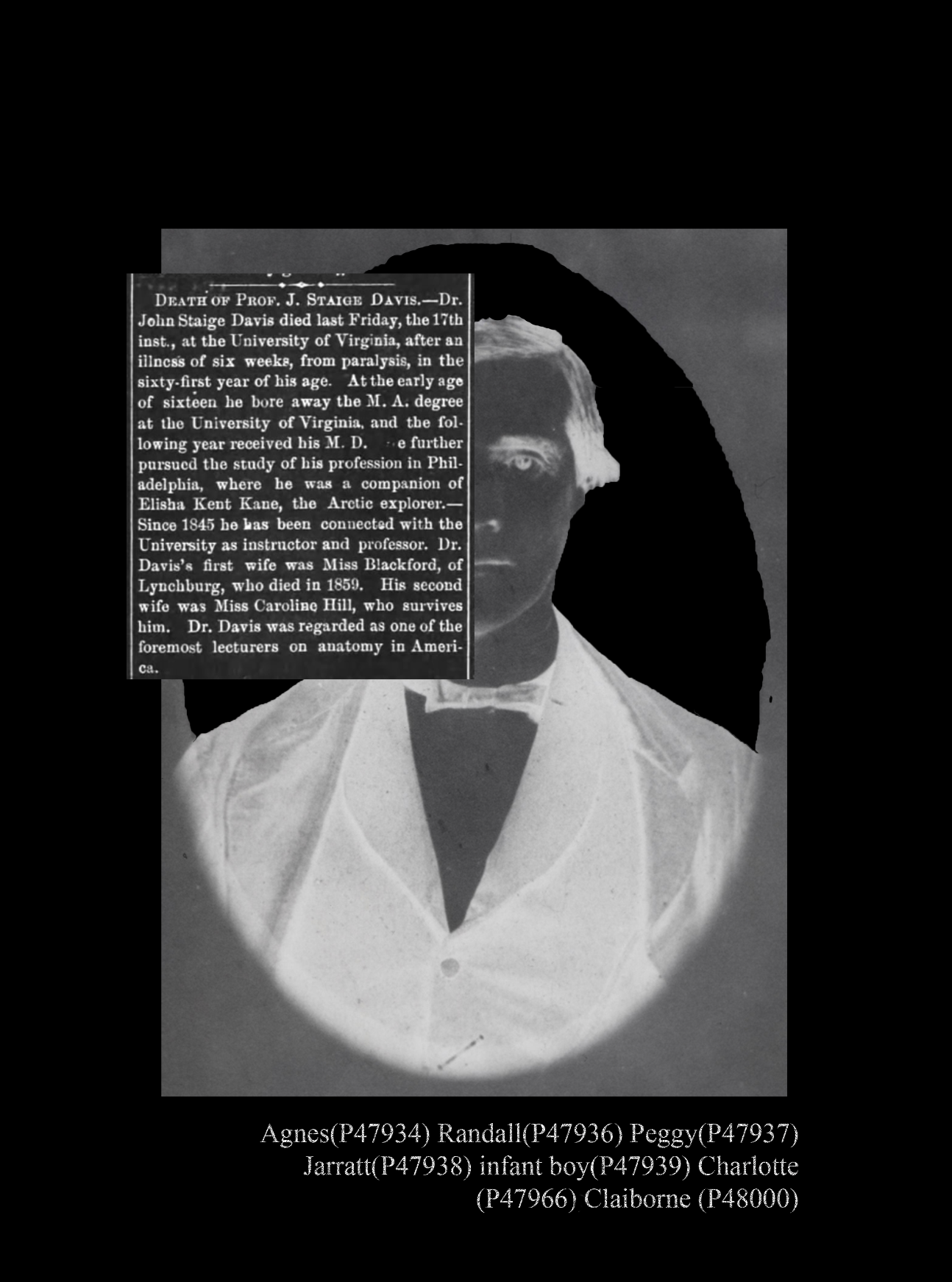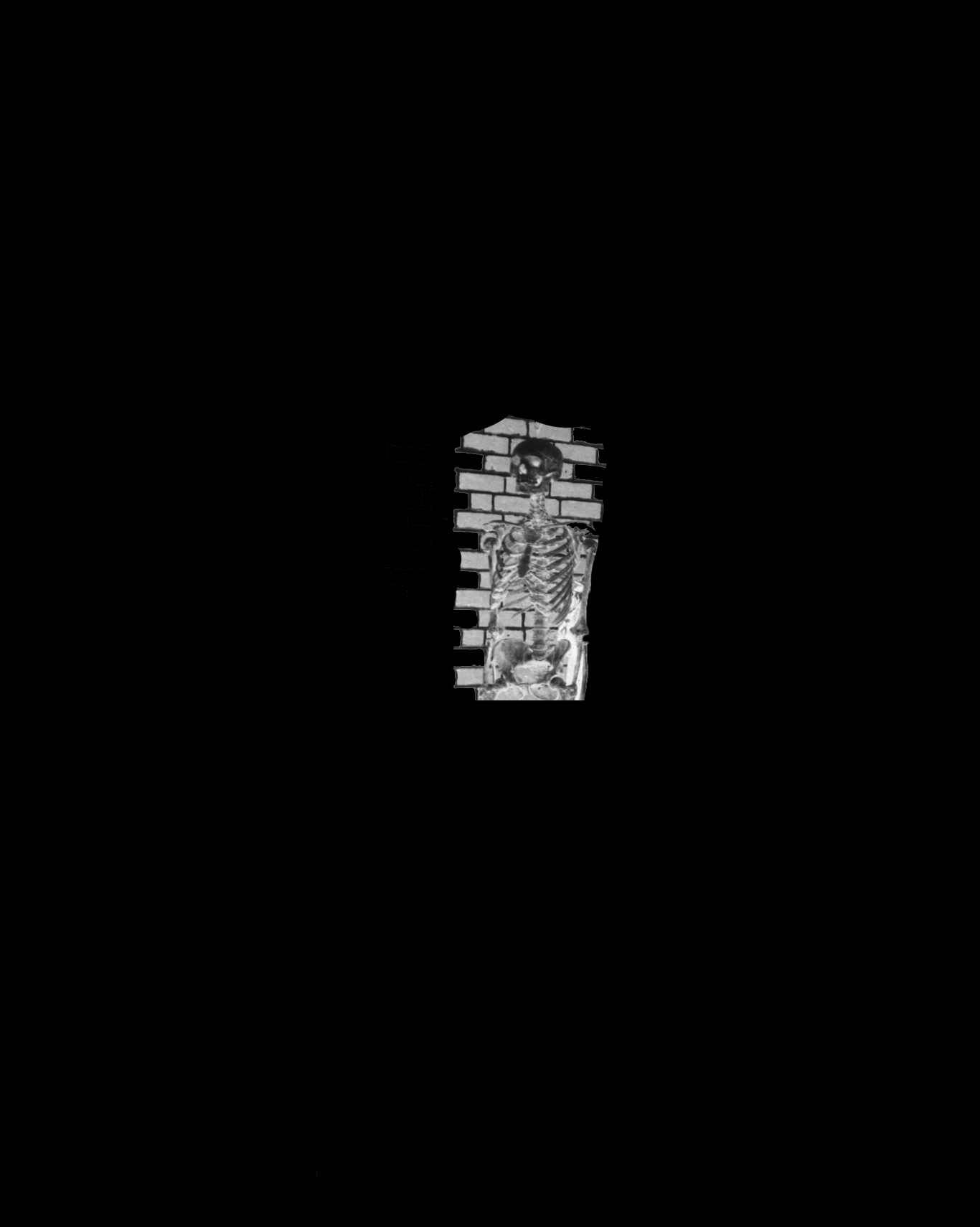








In November 1850, Lewis Minor corresponded with University of Virginia professor Dr. John Staige Davis, discussing the clandestine trade of whiskey barrels filled with sawdust and contraband cadavers for anatomical demonstrations— their correspondance referred to the unidentified, stolen remains as a "favorite article of trade." These cadavers were sourced from urban cemeteries, predominantly belonging slaves, free blacks, the poor, and unclaimed highlighting medicine's historic exploitation of minorities for scientific advancement and the pains taken to procure bodies as a resource during a time when cadvar disecctions had been outlawed.
Inspired by a found photographic reprint of one of UVA.’s cadaver clubs this project is ongoing and in the research and development stage. These early renderings were made by digitally manipulating a scan of the photo and through an analysis of archival materials available through the University of Virginia’s archive. Supplemented by photographs, letters, and written records, this work offers a contextual examination of this phenomenon. Employing cut-and-paste techniques, juxtaposed elements from these archives construct contemporary evidence, eschewing traditional academic conventions to present the subject matter in a more accessible manner.
This research underscores the complicity of institutions in perpetuating exploitation, as evidenced by their simultaneous use of resurrectionists to procure cadavers and reliance on slave or impoverished labor to construct anatomy theaters. While history museums across southern cities acknowledge the region's notorious past through ceremonial displays of similar documents, there remains a dearth of art-oriented spaces addressing this legacy.
Inspired by a found photographic reprint of one of UVA.’s cadaver clubs this project is ongoing and in the research and development stage. These early renderings were made by digitally manipulating a scan of the photo and through an analysis of archival materials available through the University of Virginia’s archive. Supplemented by photographs, letters, and written records, this work offers a contextual examination of this phenomenon. Employing cut-and-paste techniques, juxtaposed elements from these archives construct contemporary evidence, eschewing traditional academic conventions to present the subject matter in a more accessible manner.
This research underscores the complicity of institutions in perpetuating exploitation, as evidenced by their simultaneous use of resurrectionists to procure cadavers and reliance on slave or impoverished labor to construct anatomy theaters. While history museums across southern cities acknowledge the region's notorious past through ceremonial displays of similar documents, there remains a dearth of art-oriented spaces addressing this legacy.